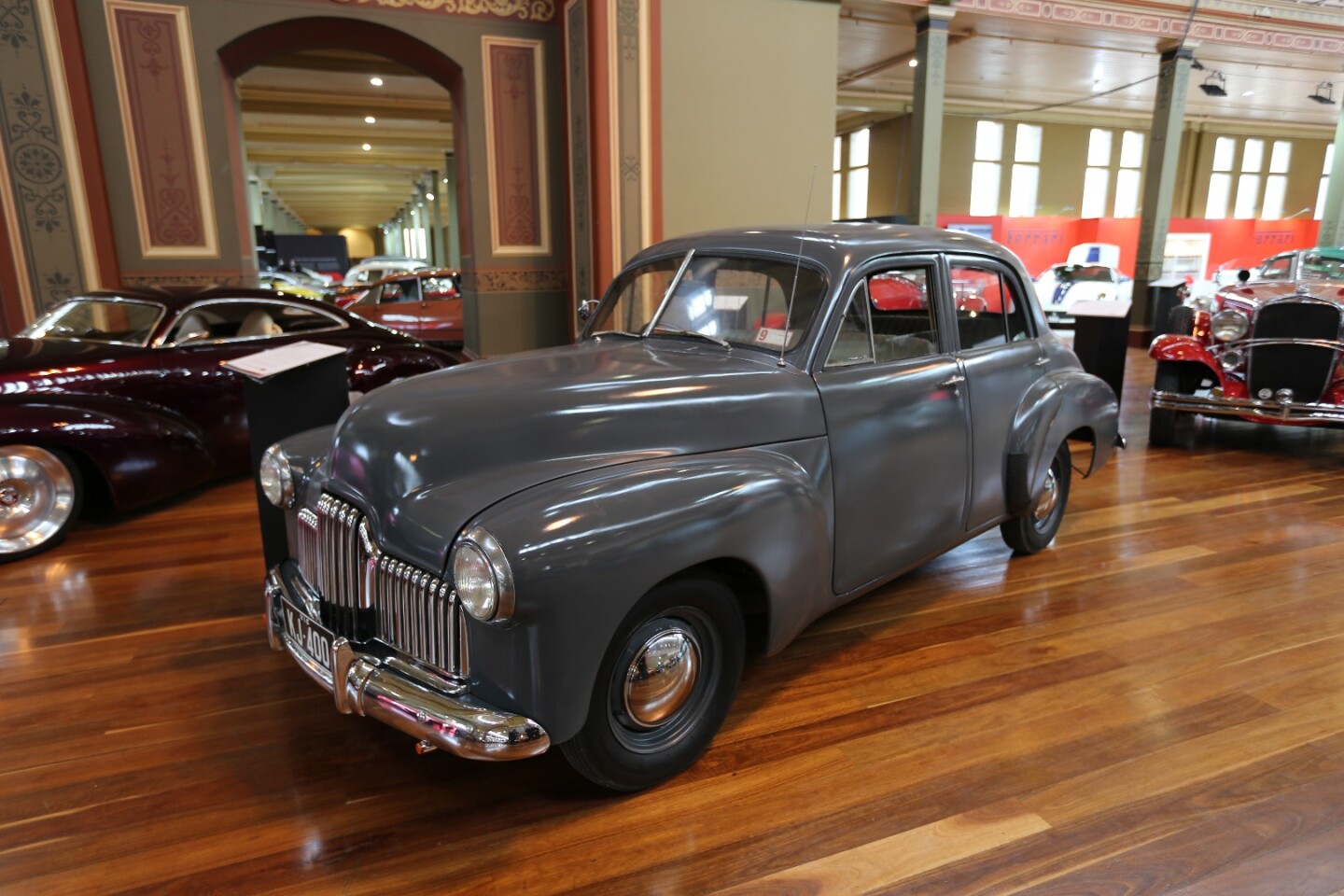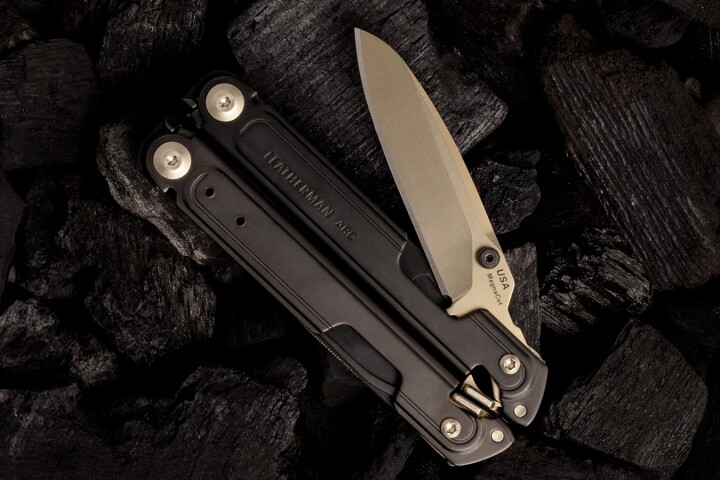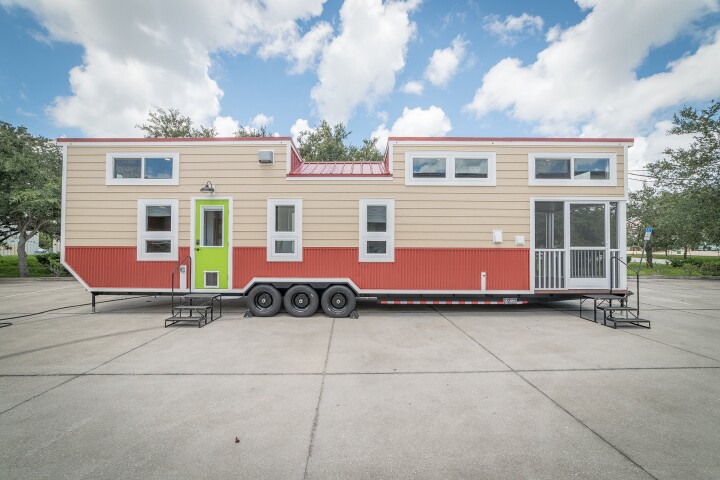There was a tinge of sadness about this year's Motorclassica Show in Melbourne. Motorclassica is to Australia what Retromobile is to France and Techno Classica is to Germany, being the celebration of a 120 year-old automotive culture. The well curated annual event ran from October 13-15 and provided a wonderful perspective through which to view the passing of an industry dear to Australian hearts.
For those not aware of Australia's demise as a manufacturing economy, on October 6, 2017, the second last major manufacturer of cars in Australia closed its doors and next Friday, the last one (Holden) closes its manufacturing facility and with it, an industry woven into the Australian way of life.
The show had several parallel themes, being Ferrari's 70th birthday, Vintage Speedway, 100 years of Holden, 110 years of Lancia, and Moto Guzzi was the celebrated motorcycle marque.

The celebration of 100 years of Holden was obviously particularly relevant. Holden more than any other, was Australia's car. The first brochure for the car called it a Holden, and quite appropriately the name came from J.A Holden & Co, which started business as a saddlery in 1856 in Adelaide.
Holden began making motorcycle sidecars in 1913, car bodies in 1914, and the centenary of Holden celebration refers to the 100th anniversary of large-scale production of car bodies which began in 1917.
Holden Motor Body Builders (HMBB) was then formed in 1918. General Motors entered the Australian market in 1926 and the two companies merged to become General Motors-Holden in 1931.

Many of the cars on display were American cars with bodies made by Holden, and a flick through the extensive image library for this story will unearth more examples. That's a Holden-bodied 1932 Chevrolet BA Confederate Moonlight Speedstar above, while the car at left is a Holden-bodied 1928 Buick Speedster. From the firewall back, both bodies are hand-formed aluminium and the work is exquisite.
In the mid-1940s Australian Prime Minister Ben Chifley wanted to replicate the economic benefits of America's thriving automobile industry and invited General Motors to begin producing cars in Australia, offering considerable incentives for doing so.
Although GM America chairman Alfred P Sloan was apparently concerned about Australia's socialist tendencies, with the government running the railroads, airlines, postal and communications networks, the far-sighted "Project 2000" was conceived in 1946 to make an entire car in Australia and it kickstarted an industry that at its peak, produced 500,000 cars a year.

This is that car, the first Australian-built General Motors Holden 48-215 prototype. The first three prototypes were designed and built in Detroit, and borrowed much from contemporary American cars such as the Chevrolet Fleetline, but this is the first prototype built in Australia.
This car spawned the lineage of models that invariably crossed paths with every Australian at some point in their lives, be it in ute, station wagon or sedan form, beginning with the FX and onwards through the FJ, FE, FC, FB, EK, EJ, EK, EJ, EH, HD, HR, HK and HT. Holden added whole words to the language too, like Monaro (top right above) and Torana (below).

The original "Gawler Grey" Holden prototype had somewhat of a triumphant return to the venue it had last visited in 2013 when it was the star car of the auction accompanying Motorclassica, fetching AUD$668,750 to become one of the most expensive Australian-made cars ever sold.
For the record, all the other most valuable Aussie cars are muscle cars. Earlier this year, the 1977 Holden A9X Torana that won the 1979 Australian Touring Car Championship for Bob Morris sold for AUD$705,000. Two 1971 Ford Falcon XY GTHO Phase III cars sold in 2007 for AUD$683,000 and AUD$750,000 respectively, while the most expensive ever was the only 7.0-litre Holden Monaro HRT 427, which sold for AUD$920,000 in 2008.

This year the star car at the official Motorclassica auction was one of immense global gravitas, and I still don't comprehend why a Jaguar D-type with an extensive racing history was being sold in Australia. It is just as easy these days to present such a car in New York, Paris, London or Monterey, where a price estimate of AUD$7 million to $8 million is nothing remarkable to an audience accustomed to investing in storied automobiles. The cost of getting it there will be more than offset by the additional value that can be realised by putting the car on a global stage.
Yes, the internet works in Australia, but the globally-renowned auction houses such as RM-Sothebys, Gooding & Company, Artcurial and Bonhams know who the potential buyers are for any particular significant model. People who spend $10 million on a car are not one-time buyers, and when one of the elite auction houses has such a car to sell they make sure they work the black book thoroughly and the usual suspects partial to a model or marque are all contacted and enrolled in the game. In any case, a high bid of AUD$5.5 million (US$4.35 million) did not bring the hammer down and the US$21.78 million record price for a D-type was never under threat.

Another focal point of this year's Motorclassica was Ferrari's 70th birthday. To this audience, Ferrari is more a religion than just a revered marque. Ferrari dominates the collectible car market so comprehensively that 62 of the 100 most expensive cars ever sold are Ferraris. Just to be clear on that, all the "other cars" ever produced make up just 38 cars of the 100 most valuable.
The 2017 LaFerrari Aperta made an appearance at Motorclassica – last month one of these sold for €8,300,000 (AUD$12.5 million or US$9.8 million) at auction in Maranello, a new world record for a 21st century automobile.

Another noteworthy showing was from Paradise Garage, a workshop that always finds something special to display at Motorclassica. Last year it was a fully-restored 1930 Rolls-Royce Phantom II rolling chassis that was so intricate and detailed at the same time as being imposing, that people could be seen meditating on it. This time around it was a partially completed "legacy" C-type Jaguar. These replicas feature all-aluminium bodywork and a steel tubular chassis made in the UK, a 3.4 liter XK120 engine and the one pictured above will be completed in Q1, 2018. All it needs is a detailed spec and the choice of colour ... and AUD$265,000 (about US$208,000).
The stories are many in each of these shows, and I've chosen 100 images and written a short story about each of them in our Motorclassica photo gallery.

































































































